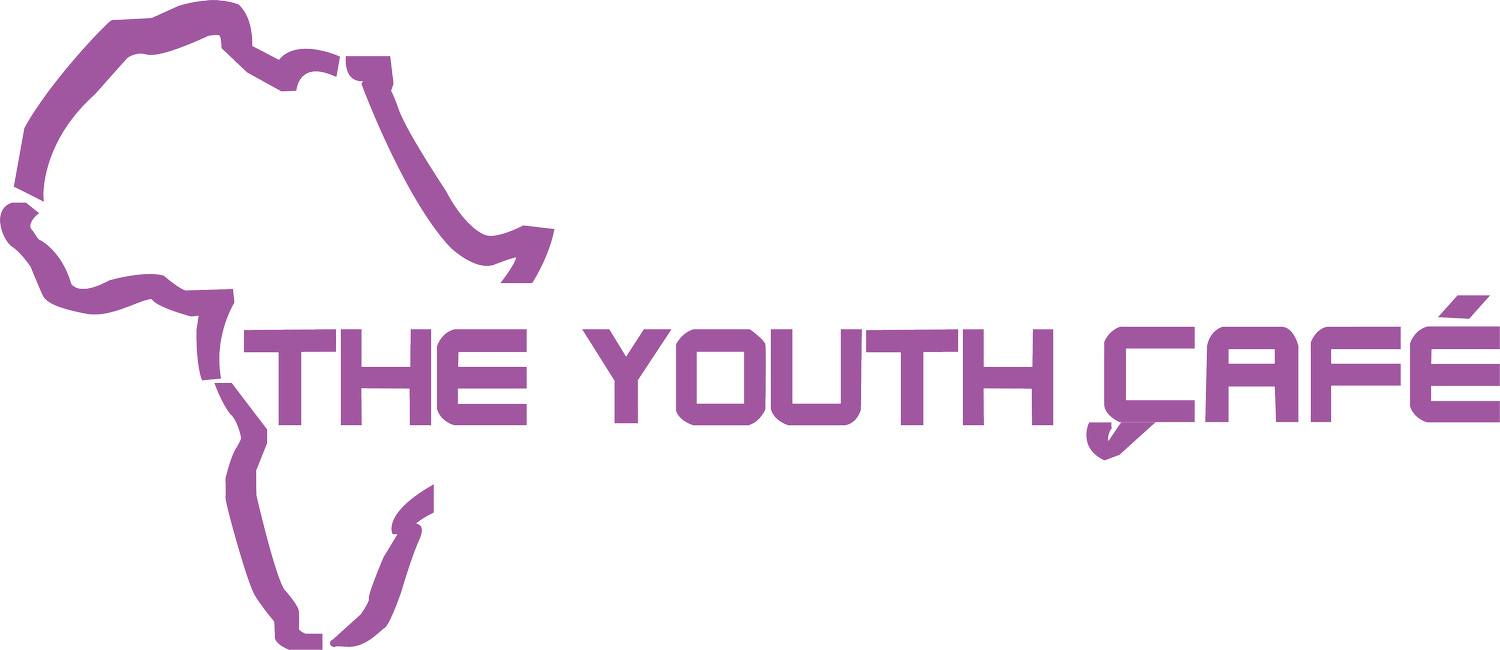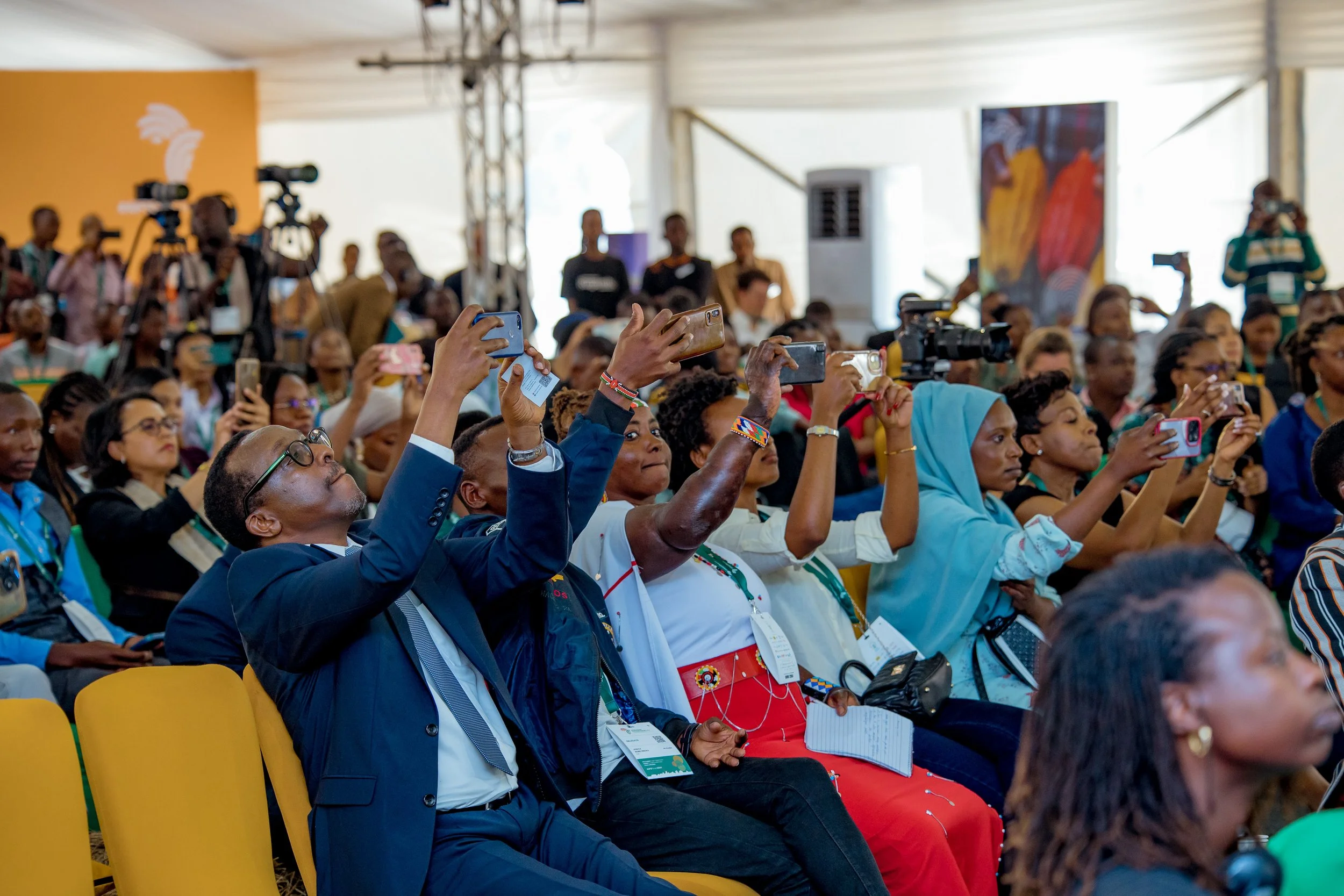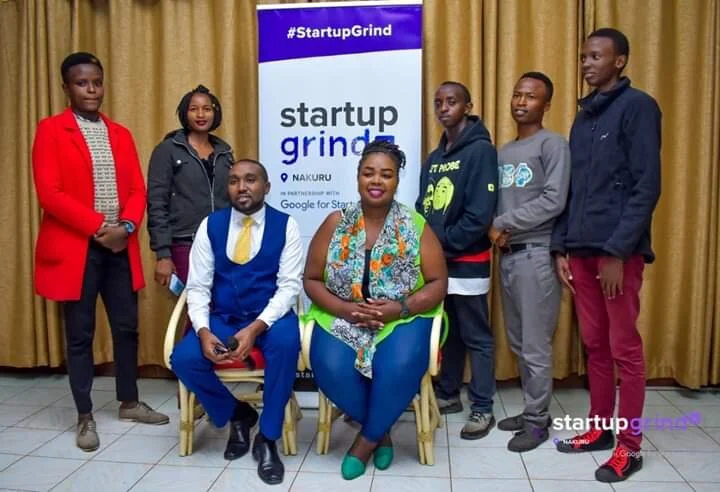In an age where technology is advancing at an unprecedented pace, our ability to distinguish between truth and fiction is being tested like never before. On Friday, August 29, 2025, The Youth Café hosted a timely and critical webinar titled “AI, Deepfakes, and the Future of Information Integrity” from 11 a.m. to 1 p.m. The session, which was moderated by Shirley Jemeli, brought together a diverse group of participants, including tech professionals, fact-checkers, journalists, electoral bodies, civic educators, and youth leaders, along with speakers Kelvin Mwenda from Visionary Nexus Hub and Protus D. Okello, to address this critical challenge.
Diplomatic Entrepreneurship Forum | Intersection Of Diplomacy, Innovation, And Global Development
The inaugural Diplomatic Entrepreneurship Forum, held on Friday, September 26, 2025, at Africa Nazarene University (ANU), successfully illuminated the vital intersection of diplomacy, innovation, and global development. Organized by the Hult Prize, ANUMUN in partnership with The Youth Cafe, Yoma, and Adamur, the event gathered students, industry leaders, and policymakers under the theme, "Building Beyond: From Diplomacy to Entrepreneurship." The forum’s consensus was clear: in an increasingly interconnected and complex world, entrepreneurial success demands not just a compelling product but also a keen diplomatic savvy, robust social capital, and the strategic use of decentralised technologies to drive progress toward the Sustainable Development Goals (SDGs).
Youth 360 Hackathon | Young Innovators Reimagine Financing For Development At FfD4 2025
The Youth 360 Hackathon, hosted at the FIBES Sevilla Conference Centre, brought together over 50 participants from Africa, Europe, and beyond. Organised by The Youth Café and supported by the Africa-Europe Innovation Platform (AEIP), this high-energy event served as a unique convergence of youth-led organisations, development agencies, and innovation hubs. The hackathon exemplified AEIP’s mission to bridge continents by fostering Pan-African and European collaboration.
New WHO Civil Society Commission | Strengthening Civil Society Organizations’ Role In Accelerating Progress In Global Health
Collaborative Futures Workshop | How New Technologies Can Support Social Justice Organizations In East Africa.
The Youth Café was invited for a 3-day Collaborative Futures Workshop, which is a hybrid hackathon and fellowship designed to help you, and fellow social justice organizations and leaders envision ways that emerging creative technology can expand your impact, understand how new technologies will shape your work and how we can change these technologies, and learn how to act on this knowledge in partnership with East Africa's boldest creatives and technologists using a Do It Yourself (DIY) ethos and active collaboration.
Digital Media Literacy Focus Group Discussions
Collecting in-depth qualitative data to get insightful perspectives and understanding digital media literacy in Kenya. Media literacy is a tool to prepare future generations to combat the rising tide of information warfare. A thorough fact-checking process that delineates disinformation, misinformation and teaches to differentiate between clickbait, satire, pseudoscience, conspiracy theories, and other content on the internet is necessary.
Lockdown Live! | Finding Youth-Led Solutions To COVID-19 | The Youth Cafe
Addressing Skills Mismatch in Skills For The Youth | The Youth Cafe
Impact of the Global Compact on Communities | The Youth Cafe
According to UNICEF, the world population is expected to reach 8 billion by 2025. In less than a decade, the sustainability of the next billion will be a task for the current generation of youth to address. While middle-high income countries are experiencing low fertility rates, aging populations, and a declining workforce capable of supporting the growing dependency load, low-middle income countries are continuing to experience high fertility rates (though it is now just entering decline), and a significant youth population which is comparatively larger than the other age groups. Countries are opting to either maintain or raise their capacity for immigrants to address aging populations, a trend that is increasing all across the board. As this is the case, labour migration is projected to continue as a major response to these demographic trends.









